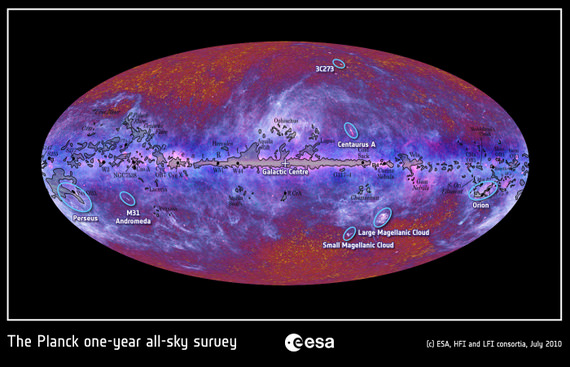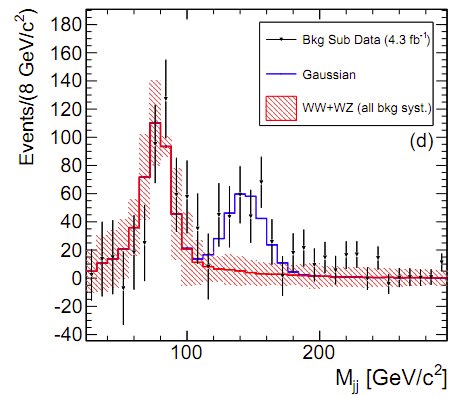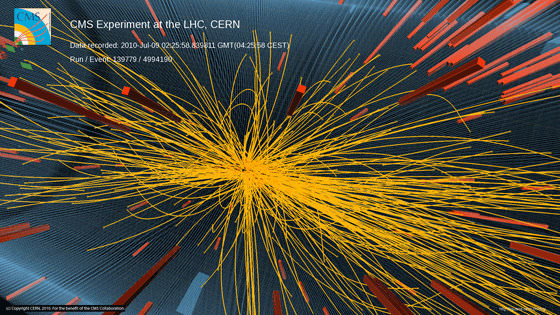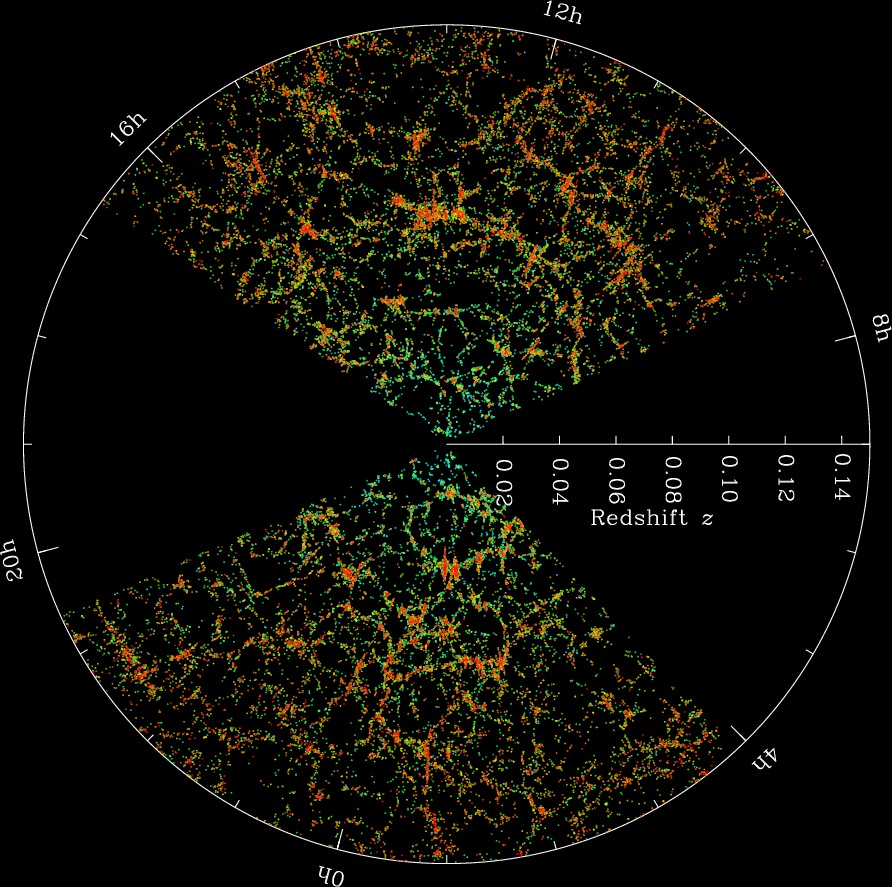The long-awaited Alpha Magnetic Spectrometer, a particle physics detector that could unlock mysteries about dark matter and other cosmic radiation, has now been installed outside the International Space Station. It is the largest and most complex scientific instrument yet on board the orbiting laboratory, and will examine ten thousand cosmic-ray hits every minute, looking for nature’s best-kept particle secrets, searching for clues into the fundamental nature of matter.
“Thank you very much for the great ride and safe delivery of AMS to the station,” said Dr. Samuel Ting, speaking via radio to the crew on orbit who installed the AMS. Ting is the AMS Principal Investigator who has worked on the project for close to 20 years. “Your support and fantastic work have taken us one step closer to realizing the science potential of AMS. With your help, for the next 20 years, AMS on the station will provide us a better understanding of the origin of the universe.”
“Thank you, Sam,” Endeavour commander Mark Kelly radioed back, “I was just looking out the window of the orbiter and AMS looks absolutely fantastic on the truss. I know you guys are really excited and you’re probably getting data and looking at it already.”
By collecting and measuring vast numbers of cosmic rays and their energies, particle physicists hope to understand more about how and where they are born, since a long-standing mystery is where cosmic rays originate. They could be created in the magnetic fields of exploded stars, or perhaps in the hearts of active galaxies, or maybe in places as yet unseen by astronomers.
The AMS is actually AMS-02 – a prototype of the instrument, AMS-01, was launched on board the space shuttle in 1998, and showed great potential. But Ting and his collaborators from around the world knew that to make a significant contribution to particle science, they needed a detector that could be in space for a long period of time.
AMS-02 will operate on the ISS until at least 2020, and hopefully longer, depending on the life of the space station.
[/caption]
The AMS will also search for antimatter within the cosmic rays, and attempt to determine whether the antimatter is formed from collisions between particles of dark matter, the mysterious substance that astronomers believe may make up about 22% of the Universe.
There is also the remote chance that AMS-02 will detect a particle of anti-helium, left over from the Big Bang itself.
“The most exciting objective of AMS is to probe the unknown; to search for phenomena which exist in nature that we have not yet imagined nor had the tools to discover,” said Ting.
For more information about the AMS, NASA has a detailed article.
Source: ESA, NASA TV





